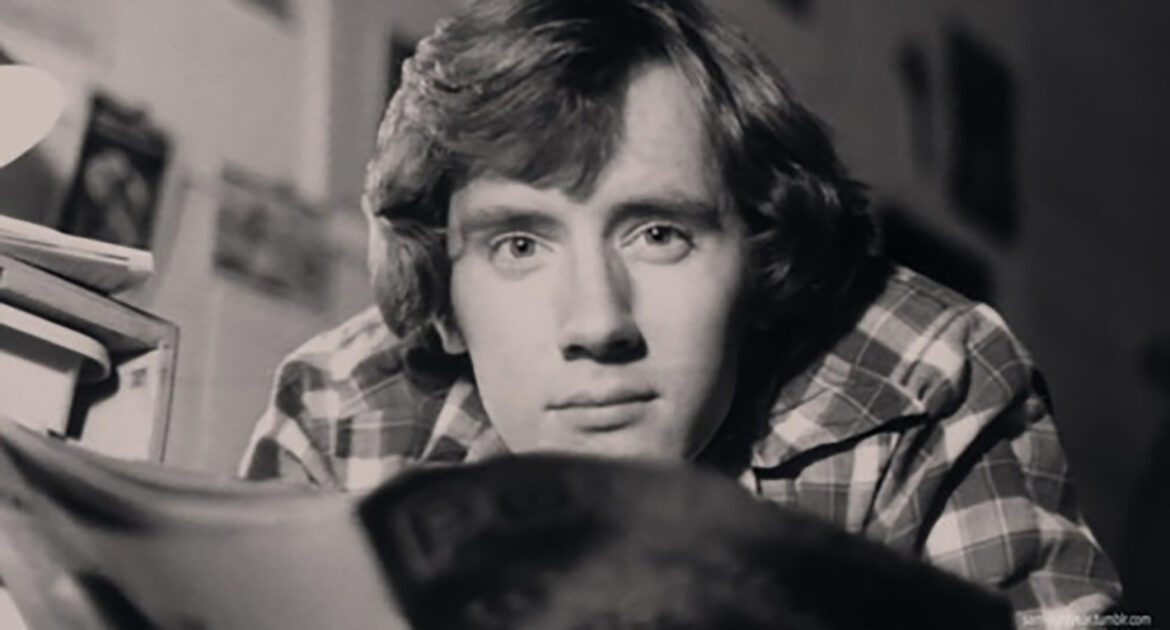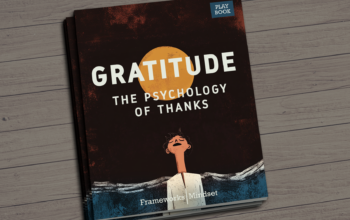Flipping the Script: How John Lasseter Revolutionized Media
In 1981, John Lasseter was working as a hand-drawing animator at Disney when he first came across computer generated graphics.
It was very rudimentary at the time, consisting of only geometrical shapes and smooth surfaces. But Lasseter saw it as a game-changer. “I was blown away,” he would later say. “Not by what I was seeing, but the potential I saw in it.” Right away, Lasseter knew he wanted to create a feature film using the technology.
There was a problem: Everything looked fake. “Everybody was saying ‘It’s too sterile. I don’t like it,’ ” Lasseter recalled. For most, computer animation was a nice gimmick, but couldn’t generate the kind of character depth or emotion that Disney had become known for. When Lasseter pitched a concept that would use computer generated backgrounds, Disney execs shut the project down and promptly let him go.
He spent the next several years at the Lucasfilms Computer Graphics group, which later became Pixar, working on computer animated shorts, trying to sell the capabilities of computer graphics to major motion picture companies. His first short, ‘The Adventures of André and Wally B’, about a boy who tries to get away from a pesky bumblebee, dazzled audiences at computer graphics conferences and the Toronto Film Festival. But the consensus was that the imagery was still too fake-looking for a feature film.
Suspension of Disbelief
Filmmakers can rely on what Coleridge called the audience’s “willing suspension of disbelief” when it comes to the story, but not when it comes to the quality of the animation. If it’s too artificial looking, it won’t make sense to the audience and they won’t be interested.
Disney had largely been successful because they were able to overcome this challenge in their animation and create the illusion of life. When you watch Snow White or Bambi, you don’t think you’re watching paint on cellophane—you think you’re watching a beautiful princess or a young deer. In a word, Disney had made the technology disappear. And that’s what Lasseter and the Pixar team needed to do. If they wanted to make a successful computer animated feature, they would have to do the same thing—make the technology disappear.
This led Lasseter to wonder: What if they had been coming at the problem from the wrong angle? Instead of struggling to make the plasticky geometric shapes more lifelike, what if they made the characters more plasticky and geometric? “Everything looks like plastic,” Lasseter recalled, “so what if the characters were made of plastic? What if they were . . . toys?” It was an insight that would change the entertainment industry forever.
Flipping the Script
In theater, there is a concept of ‘flipping the script’, where a character reverses positions with someone to gain the upperhand. We see it in The Count of Monte Cristo, where Edmund Dantès turns the tables on his wrongdoers and becomes the wealthy and powerful count. Or in The Shawshank Redemption, where the wrongly accused Andy Dufresne games the corrupt prison system to frame the warden and escape as a wealthy man.
In the same way, John Lasseter and Pixar flipped the computer animation script. Since its inception, everyone had assumed that computer generated animation had to be more human to be palatable. But that was only under the assumption that the characters had to be human. If you flip the script, you realize that the characters can be anything you want, liberating you from your former constraints.
Talking and laughing and running toys are unbelievable, but it’s a kind of unbelievable that the audience can suspend, like watching a person grow old over the course of a two-hour movie or like watching a fairy godmother turn a pumpkin into a sparkling carriage. All movies are unbelievable to some degree. It’s just a matter of finding the right aspect to be unbelievable about.
Lasseter’s idea did exactly that. Not only did it make the technology disappear, the approach also allowed the filmmakers to explore objects and textures that would be impossible in the old style of painted animation. As Lasseter said, “It was better in CG than any other medium we could have done because we could make Buzz Lightyear feel like he was made of plastic and ball-and-socket joints and we had screws and scratches and decals and all this stuff you could not have done in any other medium.” With Toy Story, computer generated animation wasn’t a liability, it had become an asset.
When problem solving, we often get stuck trying to force a solution and finding that no matter how many times we try it doesn’t work. Instead of trying the same thing over and over again, hoping it will work somehow, it might be better to take a step back and try to see the problem from a new perspective.
Instead of looking at procrastination as a personal flaw or lack of motivation, for example, one could rather see it as a sign that the task is too complex or unclear and look for ways to clarify the matter. Instead of looking at all the negatives of your job and dreading getting up in the morning, flip the script and view it as an opportunity to grow as a professional and hone skills dealing with difficult people. I saw a post recently where the parents of a six-year-old flipped the script when their boy drew a house on their living room wall. Instead of repainting the wall or covering it up, they put a frame on it and placard as if it were a museum piece. They flipped the script and turned a frustrating situation into a source of amusement and joy.
Tom Hanks once shared the story of how he flipped the script to come up with the iconic voice of Forrest Gump. Early in production, director Robert Zemeckis wanted Hanks to coach young Forrest actor, Michael Conner Humphreys, to talk like him. Humphreys was from the deep South and had a peculiar way of pronouncing sounds. He would overemphasize ending consonants so instead of “thinking” he would say “thinking-guh”. Instead of “making” he would say “making-guh”. After a brief chat, it became obvious: Tom Hanks wouldn’t coach Michael Conner Humphreys to talk like Tom Hanks; Tom Hanks would just talk like Michael Conner Humphreys. He flipped the script, and in so doing, created one of the most memorable characters in film history.
All too often, when we come upon a problem, we assume the solution and do everything we can to start working toward that outcome. But, as it was with John Lasseter and the Pixar team, our assumptions can be and often are wrong. As such, the first step in solving the problem is to define the problem, and, to do that, sometimes we have to flip the script.




